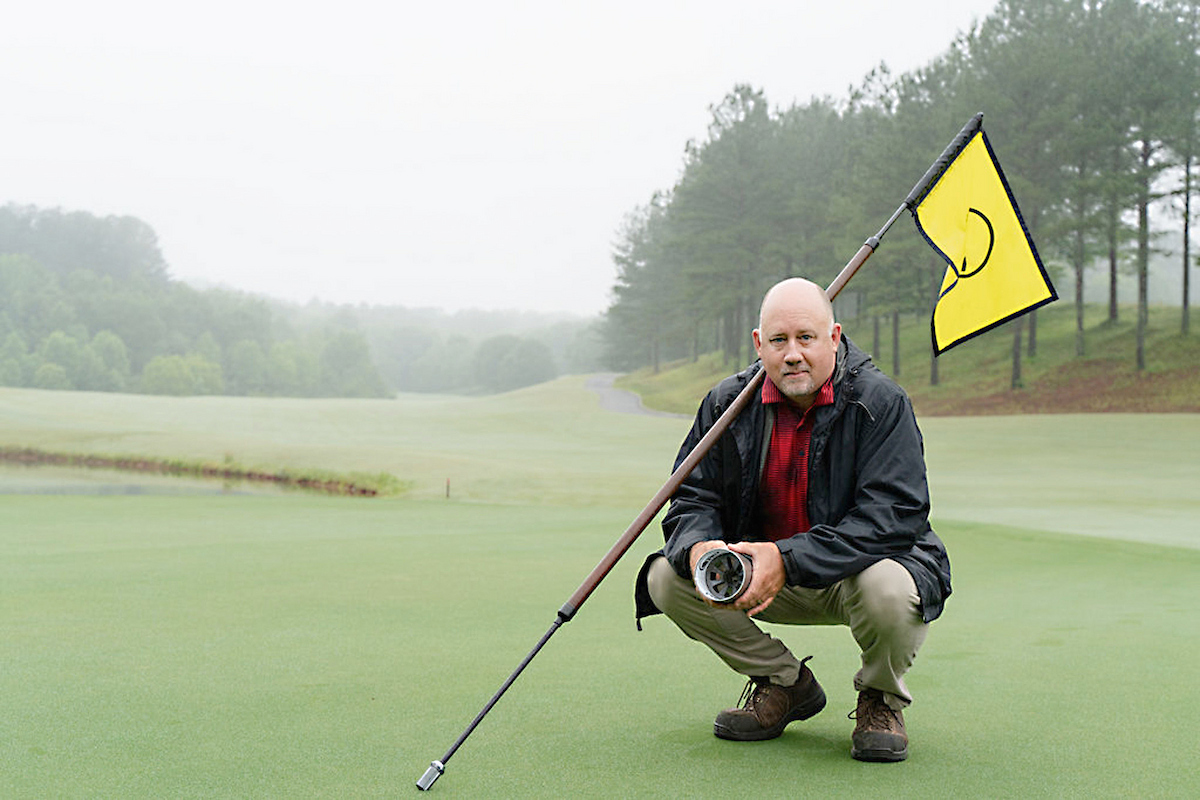By Faith Peppers
University of
Georgia
Reports this week that a mild form of avian influenza was found
at a live bird market in New Jersey shouldn’t raise concerns
here, say university and industry experts.
“We’ve never had a case of either low-path or high-path AI in
Georgia,” said Mike Lacy, poultry science department head with
the University of Georgia College of Agricultural and
Environmental Sciences.
The New Jersey case was not the deadly H5N1 strain the world
has been watching carefully for months, according to the New
Jersey Department of Agriculture.
“The strain was found in a live bird market in Camden County
(N.J.). None of the birds in the market died from this virus,
which is an indicator that the virus was low-pathogenic and not
harmful to humans,” said New Jersey Agriculture Secretary
Charles Kuperus in a statement April 28.
Variations
Lacy said the different AI strains or subtypes are classified by
hemagglutinin (H) and neuraminidase (N) proteins on the surface
of the virus. In wild birds and poultry, 16 H and 9 N subtypes
have been identified. They combine for many variations besides
the deadly H5N1 strain.
“Obviously, by the fact that they’re called ‘avian’ influenza,
all are bird diseases,” he said. “They’re not considered human
diseases. The possibility of AI spreading from birds to humans
is extremely remote.”
Much of the public buzz has been about an influenza pandemic. The
two are not the same.
“There have been only 203 cases of human AI infection
identified worldwide in the last three years,” Lacy said. “These
have been the result of humans coming into direct contact with
birds infected with the AI virus.”
Hard to catch
For a human to be infected with AI, the person must usually
have direct fecal or body-fluid contact with the bird and must
inhale the virus deeply into the lungs.
“The chances of someone in a developed country coming into
contact with AI-infected birds are almost nonexistent,” Lacy
said. “AI is a disease affecting birds and has not acquired the
ability to spread easily to or from humans at present.”
The H5N1 virus has spread from Asia to Europe, the Middle East
and Africa. Its spread has led several countries to ban poultry
imports from nations where the disease has spread. Scientists
worry that if the virus acquires the ability to pass easily
from person to person, it could cause a pandemic.
The Georgia poultry industry and Georgia Department of
Agriculture are well prepared to deal with avian influenza.
Tests
“The poultry industry in Georgia cooperates with the Georgia
Poultry Laboratory Network to test each poultry flock on the
farm before it leaves to be processed,” said Mike Giles, vice-
president of the Georgia Poultry Federation.
If AI were to be detected, the flock would be humanely
destroyed and the birds disposed of in an approved way. Then
the affected farm would be quarantined and the premises
cleaned, disinfected and left idle for a prescribed time to be
sure the virus is killed.
“The poultry industry is taking every precaution to produce a
safe and wholesome product,” Giles said.
Giles said the strain of bird flu detected in New Jersey
poses “no risk at all to humans.” Rather than causing people to
fear, he said, detecting the bird flu virus in New Jersey
should reassure Americans. “It shows that our system for
testing birds is working,” he said.
The way U.S. poultry is produced should be a further comfort,
Giles said. Unlike traditional production in countries where
the virus has been causing problems, U.S. growers raise
chickens in confined buildings.
He noted that the people who have contracted the H5N1 virus all
got it from direct contact with infected live birds. And in the
U.S., “very few people today ever have close contact with live
chickens,” he said.
(Faith Peppers is a news editor for the University of
Georgia College of Agricultural and Environmental Sciences.
CAES news editor Dan Rahn contributed to this article.)



